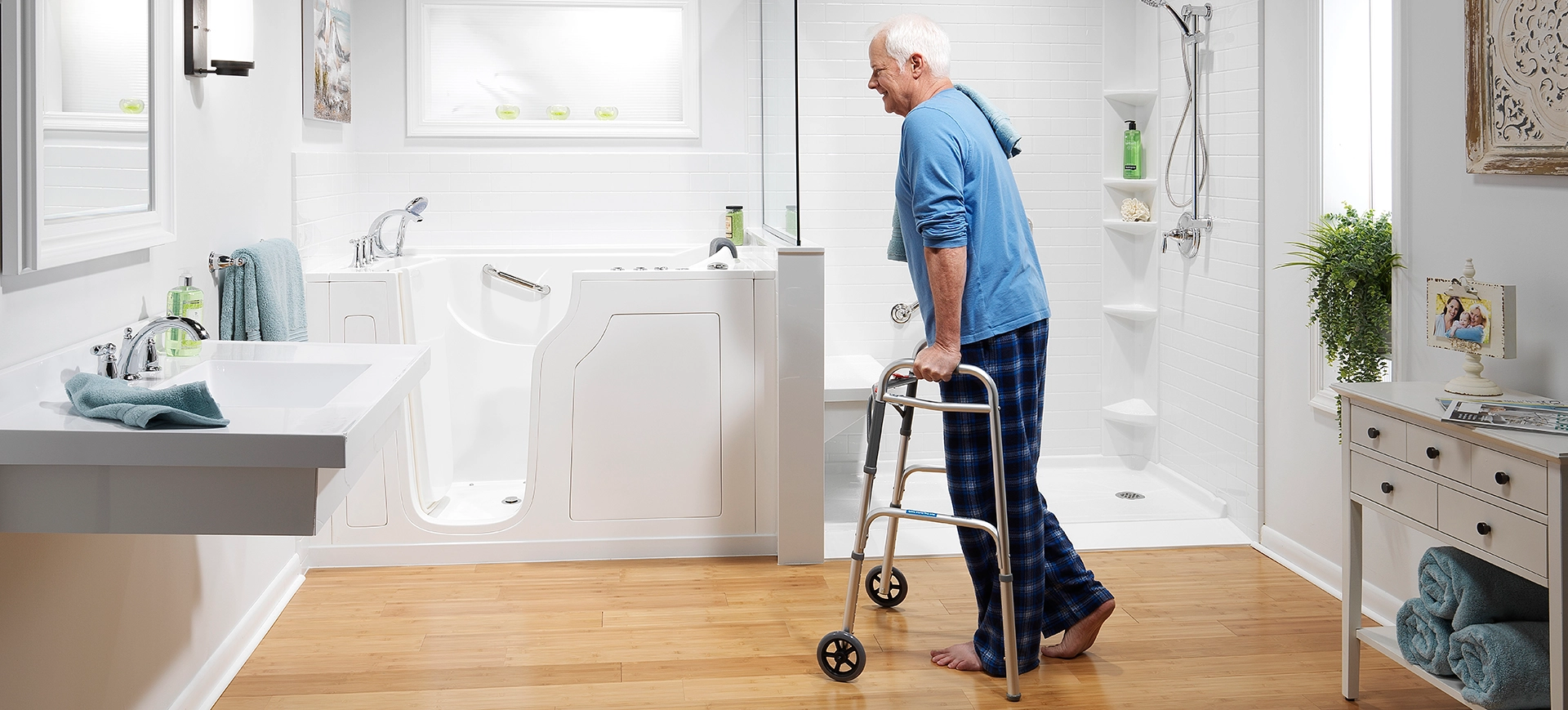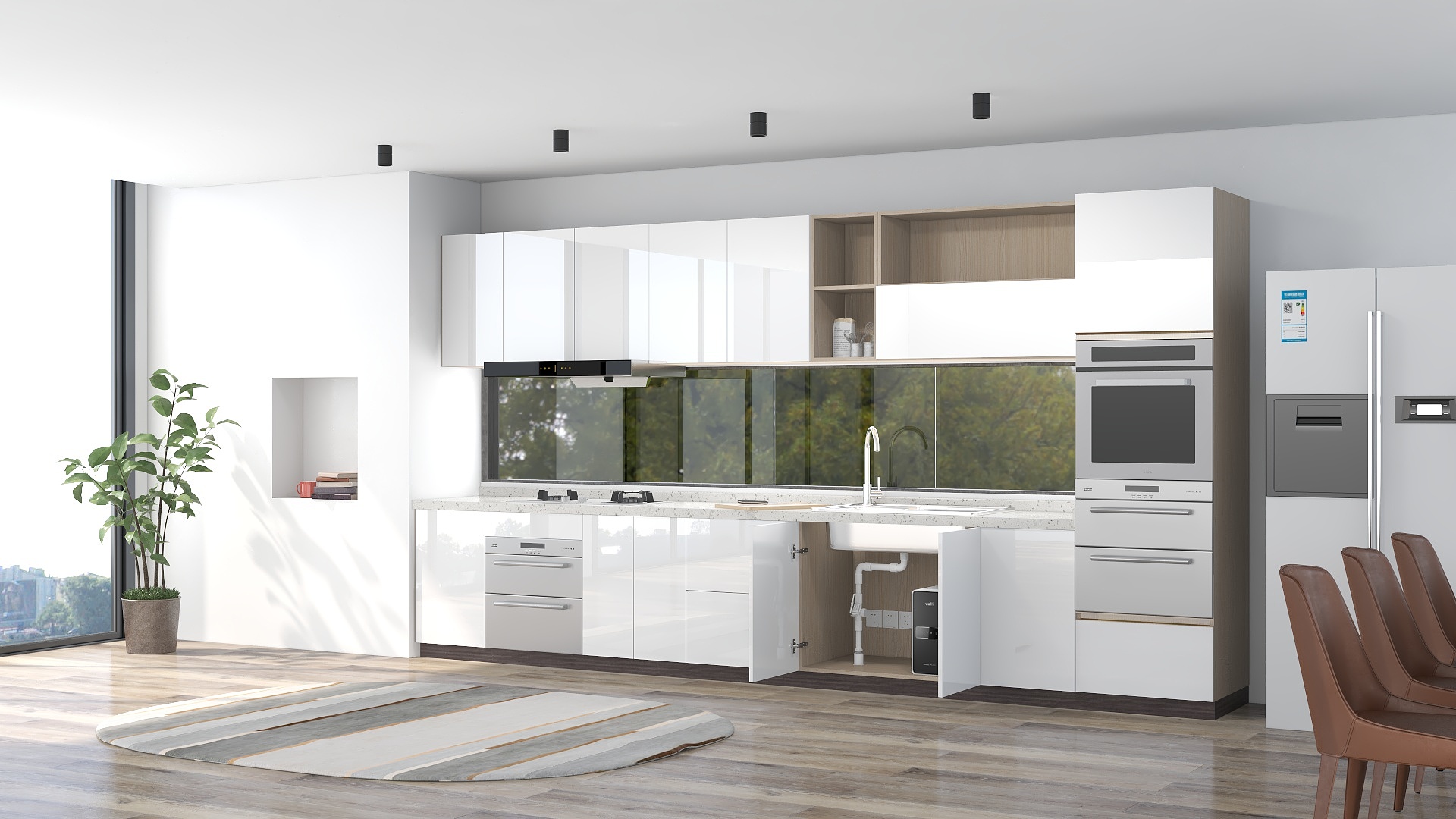Let’s talk bathrooms. Specifically, bathroom remodeling, and even more specifically, a name that pops up often in that conversation: Tundraland Bath. They’re a big player in the bathroom renovation world, particularly known for their focus on quick, one-day installations. But like any major home improvement project, going with a company like Tundraland requires some research. It’s a significant investment, and you want to make sure you’re making the right choices for your home and your budget. So, let’s dive into what you need to know about Tundraland Bath, from their services and products to what you should consider before signing on the dotted line.
One-Day Dreams: Understanding the Tundraland Approach
Tundraland’s claim to fame is often their fast installation process. They frequently advertise one-day bathroom remodels, which can be a huge draw for homeowners who don’t want to deal with the disruption of a lengthy renovation. This speed is typically achieved by focusing on specific types of renovations, like replacing bathtubs with showers or installing shower liners. These types of projects often involve less demolition and reconstruction than a full bathroom overhaul, allowing for a quicker turnaround. However, it’s important to understand the scope of what a “one-day” remodel entails. It might not cover everything you’re looking for, and more complex projects will naturally take longer.
Product Ponderings: Exploring the Options
Tundraland typically offers a range of bathroom products, including bathtubs, showers, shower liners, and walk-in tubs. They often feature their own branded products or work with specific manufacturers. It’s crucial to do your research on the quality and durability of these products. Look into the materials used, the warranties offered, and any customer reviews available online. Don’t hesitate to ask Tundraland about the specifics of their products. What are they made of? How long are they expected to last? What kind of maintenance do they require? These are all important questions to ask before making a decision.
Installation Insights: Beyond the One-Day Promise
While the promise of a one-day installation is appealing, it’s essential to understand what that entails. Who are the installers? Are they Tundraland employees or subcontractors? What is their experience and training? A fast installation doesn’t mean anything if the work isn’t done properly. A poorly installed shower or bathtub can lead to leaks, mold, and other costly problems down the road. Ask Tundraland about their installation process and the qualifications of their installers. Don’t be afraid to ask for references or examples of their work.
Cost Considerations: Crunching the Numbers
Bathroom remodels are rarely cheap, and Tundraland is no exception. While they might advertise affordable options, the final cost of your project will depend on several factors, including the products you choose, the complexity of the installation, and any additional work required. Get a detailed, written estimate from Tundraland before you commit to anything. Make sure you understand what is included in the price and what is not. Don’t be afraid to compare quotes from other bathroom remodeling companies to ensure you’re getting a fair price.
Warranty Worries: Protecting Your Investment
A good warranty is essential for any home improvement project. It provides peace of mind and protects you from unexpected costs if something goes wrong. Ask Tundraland about the warranties they offer on their products and their workmanship. How long are the warranties valid for? What do they cover? Make sure you get the warranty information in writing and understand the terms and conditions.
Customer Comments: Hearing from Others
Online reviews can be a valuable resource when researching any company, including Tundraland. Take some time to read what other customers have to say about their experiences. Look for both positive and negative reviews. Pay attention to any recurring themes or issues. Keep in mind that online reviews don’t always tell the whole story, but they can give you a general sense of what to expect.
Contractual Considerations: Reading the Fine Print
Before you sign any contract with Tundraland, or any contractor for that matter, read the fine print carefully. Make sure you understand all the terms and conditions, including the payment schedule, the cancellation policy, and any guarantees offered. Don’t hesitate to ask questions if anything is unclear. It’s always better to be safe than sorry when it comes to contracts.
Beyond the Bathroom: Expanding the Scope
While Tundraland bath is often known for its bathroom renovations, they might offer other home improvement services as well. If you’re considering other projects, such as window replacements or kitchen updates, it might be convenient to work with a single company. However, it’s still important to do your research and compare quotes from other contractors specializing in those areas.
A Final Word: Due Diligence is Key
Ultimately, the decision of whether or not to use Tundraland for your bathroom remodel is up to you. This article is






